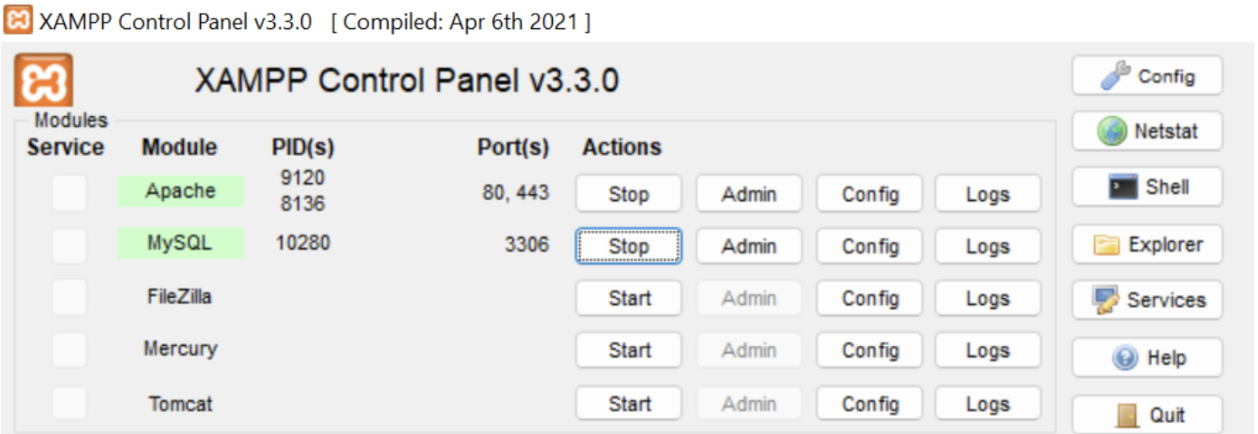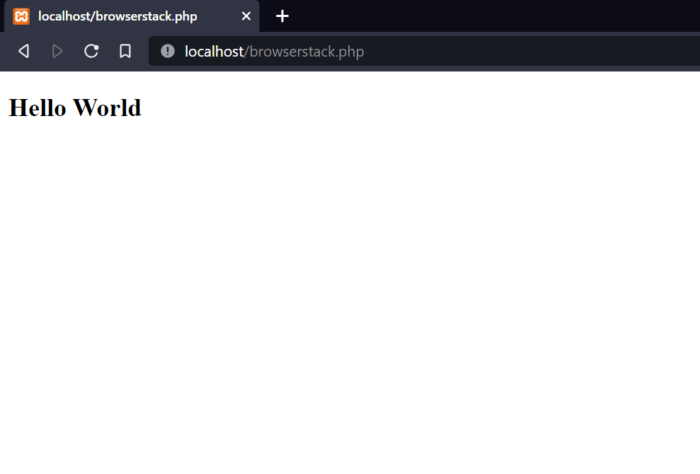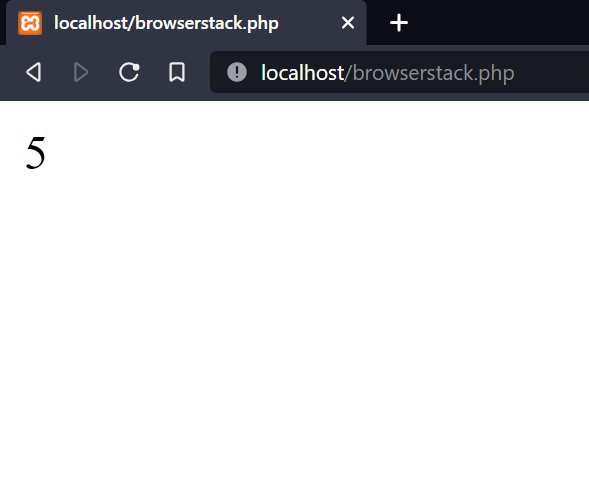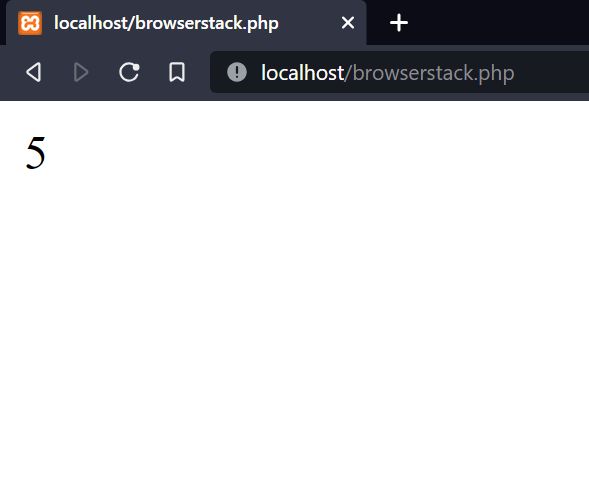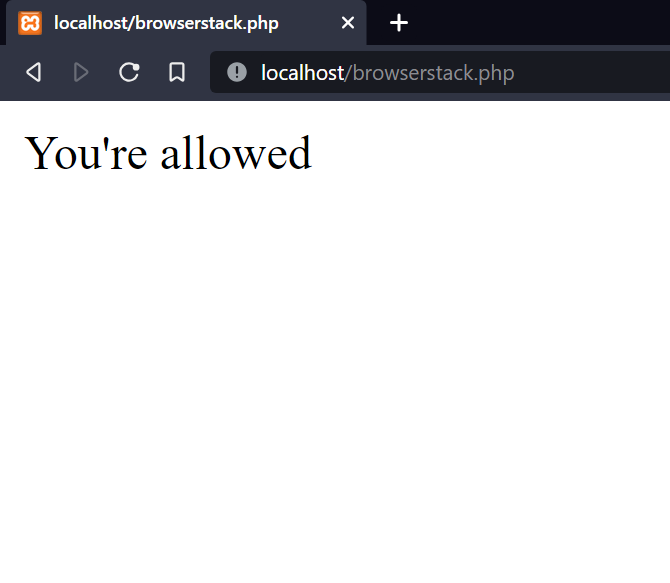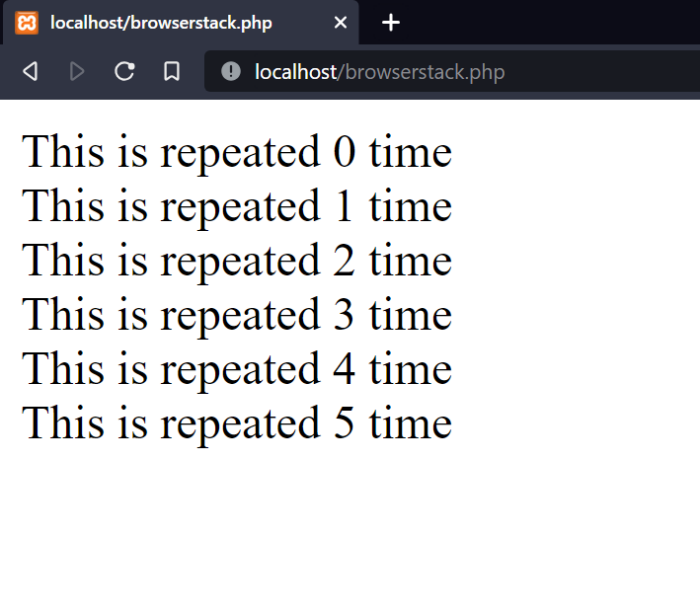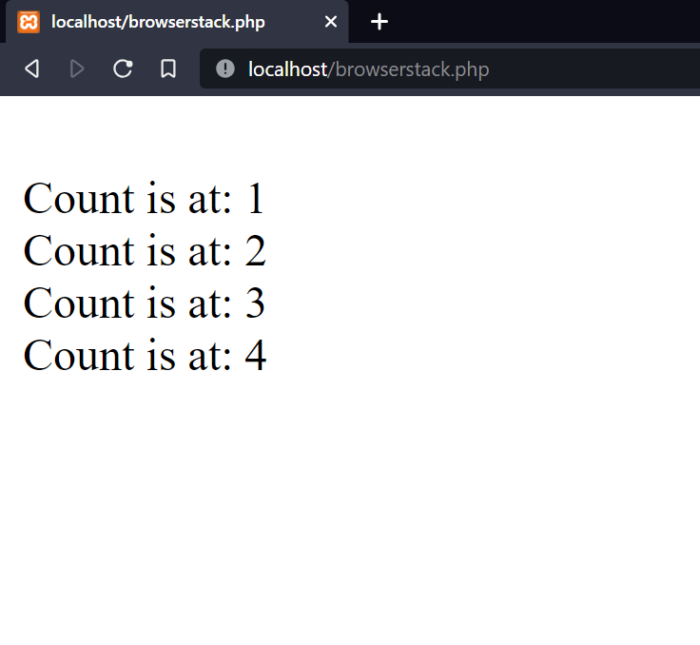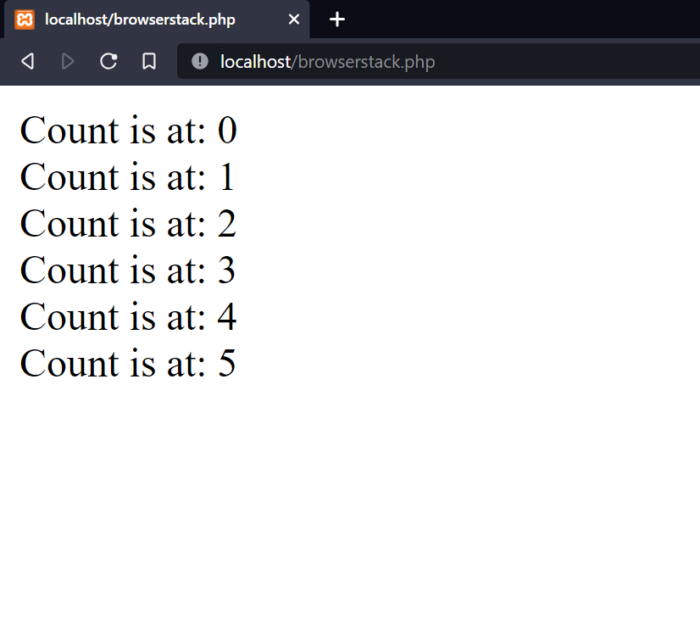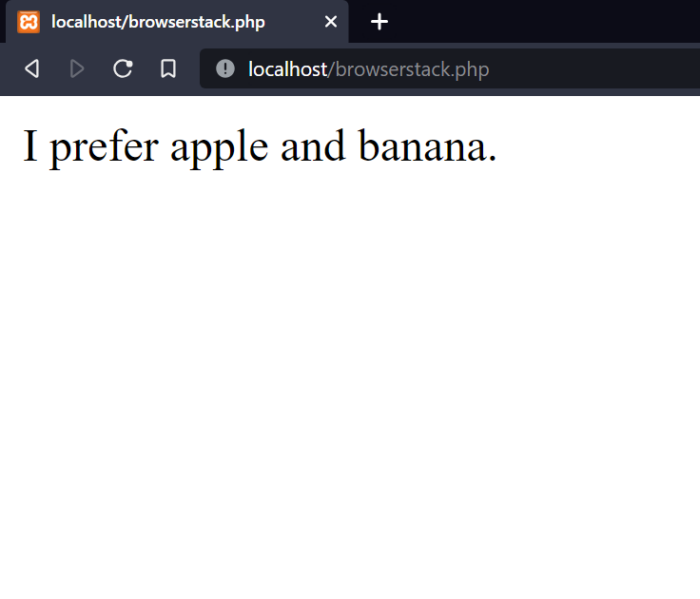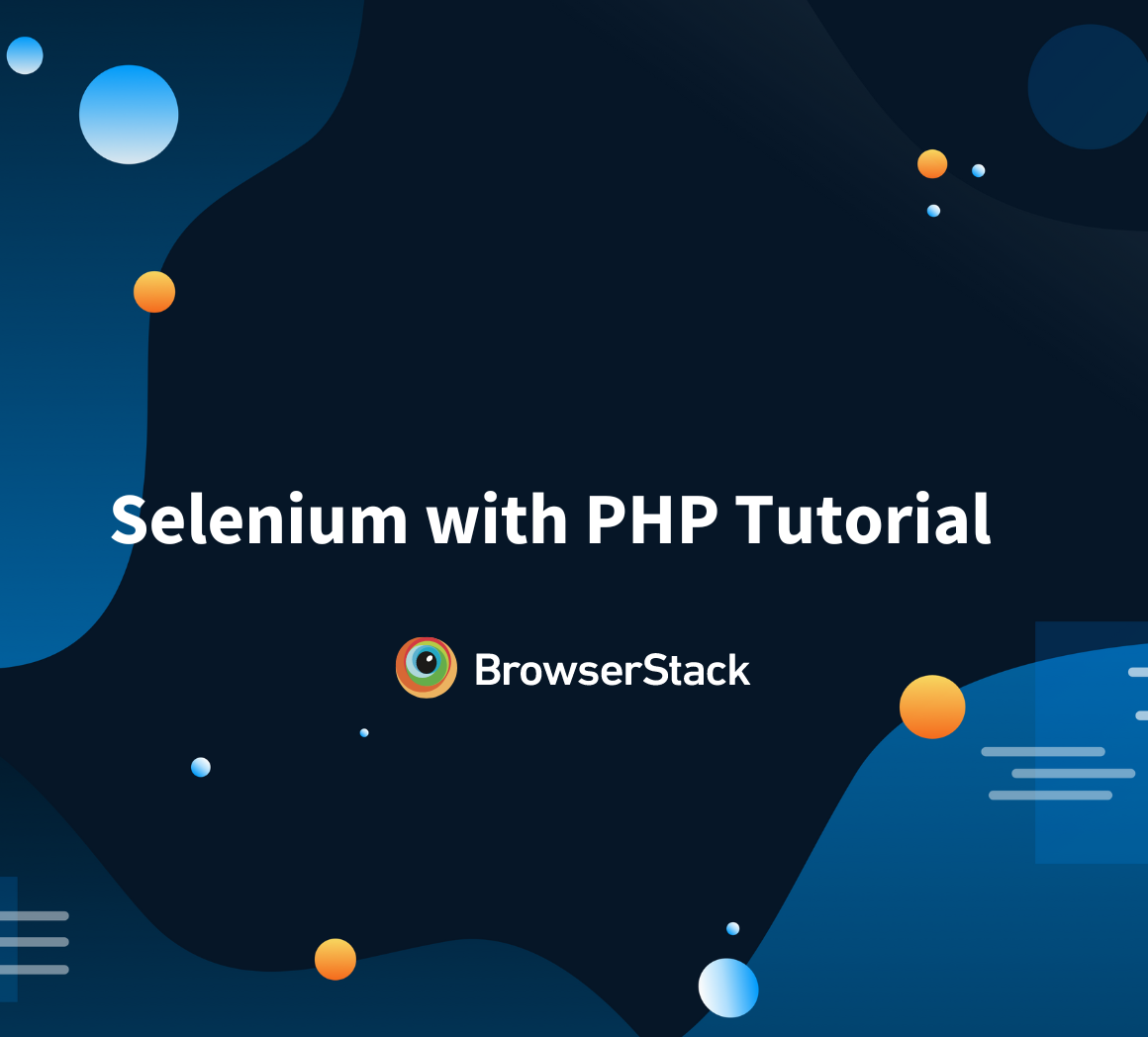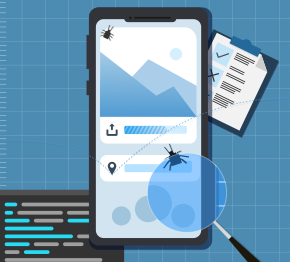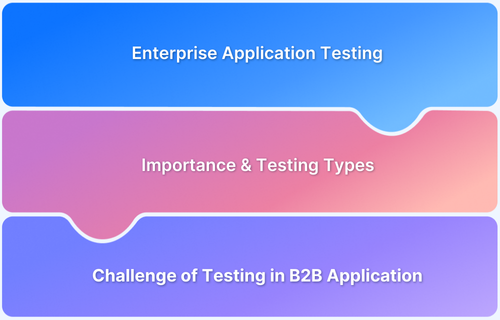A detailed guide on PHP Web Development
By Mohit Joshi, Community Contributor - August 8, 2023
A programming language that was used to develop Facebook, one of the most popular technologies ever to exist among people. Until PHP came along and revolutionized the way web applications have come thus far, developing dynamic web apps was previously thought to be a far-off possibility.
The goal of web development is to create interactive and engaging user experiences that captivate people’s attention and leave them with positive memories of the website. Web development is more than just producing code to show material on the internet. Yes, PHP does assist developers in doing that.
Since its debut in the 1990s, it became a powerful foundation in the growth of innumerable websites, from social media platforms to e-commerce websites. In this guide, we are diving into the fundamental understanding of how to leverage PHP for web development.
What is PHP for Web Development?
The server-side programming language PHP, which stands for HyperText Processor, was created with the stated objective of bridging the client-side or front end of a website with the server-side or backend. It offers a powerful functionality to developers that allows them to directly embed PHP into HTML code. Generally, PHP is used for the purpose of giving a dynamic edge to a website. A common functionality of client-side scripting languages is that the code is executed on the server before you can see the output on the browser. This is the reason why a backend language like PHP gets an edge and performs tasks that include communication with the server seamlessly.
Why is PHP used for Web Development?
If PHP hadn’t been used to build a backend for Facebook in the beginning and provide apps with a modern, interactive interface, you can only imagine what would have existed. Let’s talk about some of the key reasons PHP is a popular programming language for creating websites.
- Open-source: One of the advantages of PHP is that it is open-source, that is you save a lot of cost and effort if you are trying to implement PHP in your projects. It is also the reason why PHP has strong community support and rolls out efficient updates frequently.
- Database Integration: PHP coordinates very well with database tools such as MySQL which further extends its dynamic functionality and you can easily store and retrieve data from databases.
- Efficiency: PHP is fast in the execution of web requests and delivers quick responses. It is also compatible with several operating systems and is supported in all modern web browsers.
PHP-based Tools Used for Web Development
A well-built PHP project frequently comes about as a consequence of the capabilities gained through the collaboration of multiple technologies. The following is a list of 5 tools that programmers use to increase their effectiveness and productivity.
- Cloud9 IDE: It is a cloud-based online IDE that supports real-time code collaboration. It is similar to any IDE except that it is functional online which gives it the spotlight due to its modern and essential features.
- Xdebug: It is a debugging extension that is available in most modern PHP-supported IDEs and is useful for the debugging purposes of the project.
- PHP Unit: It is a testing framework for writing tests on your PHP project to ensure the reliability of your code. It is a preferred framework as it broadens the coverage of tests in your project.
- Behat: It is a testing framework that supports the BDD approach. BDD (Behavior Driven Development) is a technique where a test is written in an easy language, plain English, which anyone could understand without any technical knowledge. It is preferred to increase the collaboration among different stakeholders of the project.
- phpMyAdmin: It is a MySQL database manager and administration tool that helps in creating and modifying databases by providing an interactive user interface to do so.
Top PHP IDEs for Web Development
There are several things to take into account while selecting an IDE for PHP web development, including price, scalability, operating system, and more. Are there PHP IDEs that can meet all of your demands in a single package? Here are a few of the most well-liked IDEs from which you can choose depending on the needs of your project.
- Visual Studio Code: It is among the most popular IDE due to its specific features such as being lightweight, having a vast ecosystem, and supporting numerous extensions. It has all the features to easily build a PHP project in a suitable environment.
- PHP Storm: As the name suggests, this IDE is specifically designed for handling PHP projects, and provides powerful features such as built-in debugging tools and integration with version control systems such as git.
- Atom: It is an open-source IDE developed by GitHub, which can be turned into an easy-to-understand PHP environment text editor.
- Eclipse: Eclipse is a full-fledged IDE with a feature-rich PHP environment that is the one-roof solution to all the project requirements such as debugging, integration with third-party tools, and more.
Getting Started with PHP for Web Development: with Example
Prerequisites of the PHP Setup Configuration
- Xampp (an abbreviation for cross-platform, Apache, MySQL, PHP, and Perl). It is an open-source tool that helps in building a local server on your computer. Xampp is an ideal framework to test the functionality of applications based on several technologies, such as PHP, Perl, Apache, and MySQL.
- Any IDE to write the code. In this example. Let us use VS code.
You can download Xampp from its official website. Download the software based on the operating system you’re going to use.
After Installing Xampp, launch the application, and you will see a window as shown above. Start the Apache and MySQL servers from here by clicking on Start corresponding to each of them.
Create a new PHP file in the “htdocs” folder located under the “XAMPP” folder on the drive where it is installed. A PHP file is saved with the extension “.php“.
Open up any web browser and enter “localhost/filename”. This will launch the PHP file that is stored inside the htdocs folder. For example, let’s launch our file by entering the following URL on the browser, localhost/browserstack.php.
Paste the following code inside the file and hit the URL to see the output on the browser window. This is also how you are now able to run your first
<!DOCTYPE html> <html> <body> <?php echo "<h2>Hello World</h2>"; ?> </body> </html>
Just like that, we created our first PHP code.
PHP Basics for Web Development
1. Variables
Variables are containers of data that can be used to store data of different types such as numbers, strings, objects, and more. In PHP, a variable name starts with a ‘$‘ sign. Let’s understand with an example.
<?php $x = 3; $y = 2; echo $x + $y; ?>
2. Operators
Just like in any other programming language, you can also perform arithmetic operations in PHP. These operators are used widely in websites for several purposes.
Let’s understand what I’m saying with an example.
echo 3 + 2;
3. Functions
Functions are reusable blocks of code that are assigned some name to use anywhere throughout the document. Let’s create a function that when given two numbers, returns the output as the sum of those numbers.
<?php function addNum(int $num1, int $num2) { return $num1 + $num2; } echo addNum(3,2); ?>
4. Conditional Statements
In some instances, we wish that some code should only be executed under some conditions, otherwise, skip the script. This can be achieved by applying conditions in our code with the help of ‘if..else’. Let’s understand this with the help of an example.
<?php $age = 50; if ($age>18) { echo "You're allowed"; } else { echo "Not allowed"; } ?>
5. Loops
Loops are programming constructs that are useful in executing a block of code repeatedly to meet a desired condition. There are certain types of loops such as, for loop, while loop, for-each loop, and do-while loop. Let’s understand each of the looping techniques in PHP.
- for loop
<?php for ($x = 0; $x <= 5; $x++) { echo "This is repeated $x time <br>"; } ?>
- while loop
<?php while($x < 5) { echo "Count is at: $x <br>"; $x++; } ?>
- do-while loop
<?php $x = 0; do { echo "Count is at: $x <br>"; $x++; } while ($x <= 5); ?>
6. Arrays
An array in PHP is a special type of data container that stores multiple pieces of similar types of data under the name of a single variable. Array plays an essential role in managing data efficiently. Now, let’s understand Array with the help of an example.
<?php $fruits = array("apple", "mango", "banana"); echo "I prefer " . $fruits[0] . " and " . $fruits[2] . "."; ?>
Best Practices for Using PHP Web Development
If you follow the right approach to building your project, you can make your application more functional and less flaky. Let’s now understand how to leverage PHP, so that we don’t lag in creating dynamic web applications. Here are some best practices you must follow to fully optimize PHP for web development.
- Consistent Code pattern: To maximize collaboration among the other stakeholder of the project you can follow a consistent coding pattern while scripting the application, which makes it easier to read and understand the code.
- Use proper testing strategies: Automation tests determine the reliability and stability of the software. Testing is a well known way of resolving any issues present before rolling out the product in the market.
- Don’t repeat code: If you dodge code duplication, the code maintainability of your project will ultimately increase, which will further increase its performance.
- Safety and Security first: To build a secure web application, you can ensure that you’re working on the latest version of PHP, you’re using HTTPS for data encryption, and performing regular testing of your application to bypass any threats present in the project.
Conclusion
PHP is an efficient server-side programming language that helps in creating dynamic and interactive web pages. Alongside this, it is widely used in automation testing. Also, using PHP offers so many advantages, one of them is an open-source language. PHP is backed by a strong community, which makes it more efficient with each regular update.
We dived into the fundamental PHP concepts that are necessary for carrying out any web development task. We also comprehended some of the procedures you have to adhere to in order to increase the effectiveness and productivity of your PHP development.
